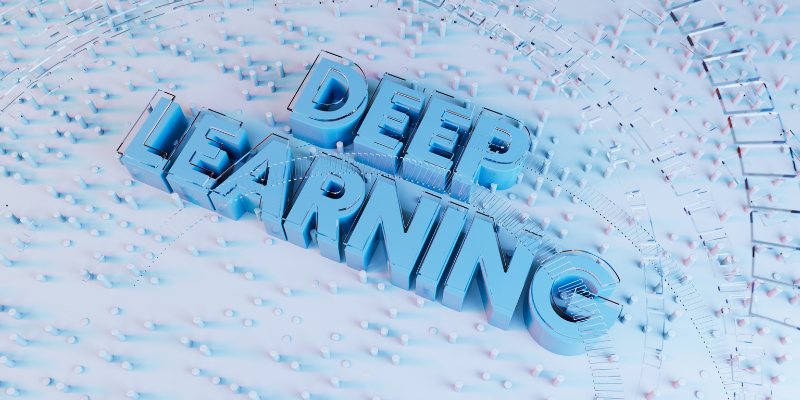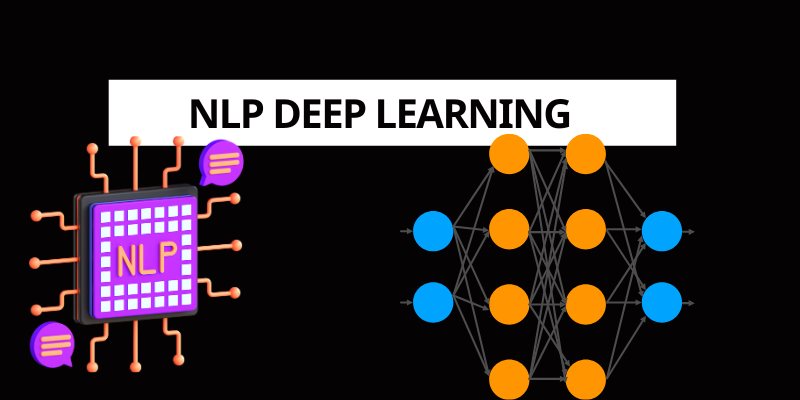In the fast-evolving landscape of technology, NLP Deep Learning stands out as a transformative force, redefining how machines interact with human language. By blending natural language processing (NLP) with the power of deep learning, this synergy has unlocked smarter, more intuitive applications that shape the future of artificial intelligence (AI). Let’s dive into what NLP Deep Learning entails, how it works, its real-world impact, and the challenges it faces as of April 2025.
The Fusion of NLP and Deep Learning
Natural language processing, a core pillar of AI, empowers machines to comprehend, analyze, and generate human language. What was once reliant on rigid, rule-based systems has been revolutionized by deep learning—a subset of machine learning that leverages multi-layered neural networks to tackle complex, unstructured data like text. This marriage of NLP Deep Learning has shifted the paradigm, enabling machines to process language with unprecedented depth and accuracy.

The evolution began with architectures like recurrent neural networks (RNNs), which excelled at handling sequential data but struggled with long-term dependencies. This paved the way for innovations like Long Short-Term Memory (LSTM) units, enhancing memory retention for tasks such as machine translation. More recently, the rise of Transformers—powered by a mechanism called self-attention – has redefined the field, allowing models to process entire sentences or paragraphs simultaneously rather than step-by-step.
Breakthrough Models in NLP Deep Learning
The power of NLP Deep Learning shines through in cutting-edge models that dominate the field. Google’s BERT introduced bidirectional context understanding, dramatically improving tasks like question answering. OpenAI’s GPT series, on the other hand, excels at generating human-like text, with its massive parameter counts pushing the boundaries of creativity and coherence.
These advancements, along with refined variants like RoBERTa and T5, showcase how NLP Deep Learning continues to evolve, delivering ever-stronger performance across diverse applications.
The influence of NLP Deep Learning is everywhere. Machine translation tools like Google Translate owe their precision to deep learning techniques. Virtual assistants—think Siri, Alexa, or even xAI’s Grok—rely on this technology to interpret and respond naturally to user queries.
Businesses tap into sentiment analysis to gauge customer feedback from social media, while automated text summarization streamlines the digestion of lengthy documents. These examples barely scratch the surface of how NLP Deep Learning is reshaping industries and daily life.

Tools and Data Powering the Revolution
Behind every successful NLP Deep Learning model lies a foundation of vast datasets and robust tools. Massive text corpora, such as those scraped from the web or curated from Wikipedia, fuel the training process. Frameworks like TensorFlow and PyTorch, alongside the accessible pre-trained models from Hugging Face’s Transformers library, empower developers to build and deploy solutions efficiently. High-performance hardware, including GPUs and TPUs, accelerates the heavy computational lifting required to bring these models to life.
Despite its promise, NLP Deep Learning isn’t without hurdles. Training large-scale models demands immense computational resources and energy, raising sustainability concerns. High-quality, unbiased data remains a bottleneck—poor inputs can skew outputs in subtle but significant ways. The “black box” nature of deep learning models also complicates efforts to explain their decisions, a critical issue in sensitive domains. And while progress is rapid, machines still falter at grasping the nuances of human language, like sarcasm or cultural context.
The Future of NLP Deep Learning in 2025
As of April 2025, NLP Deep Learning is charging toward exciting frontiers. Large language models (LLMs) continue to grow in scale and efficiency, with innovations like xAI’s Grok pushing the envelope. Techniques like unsupervised and semi-supervised learning are reducing reliance on labeled data, broadening accessibility. Multimodal integration—merging NLP with image and audio processing—is gaining traction, opening new possibilities. In healthcare, for instance, NLP Deep Learning is transforming how electronic medical records are analyzed, hinting at its untapped potential.
NLP Deep Learning is more than a technological trend—it’s a cornerstone of modern AI, bridging the gap between human communication and machine understanding. From groundbreaking models to life-changing applications, this field is driving a new era of innovation. Yet, its full potential hinges on overcoming resource demands, data challenges, and interpretability issues.
As we look ahead, NLP Deep Learning promises to deliver even more remarkable breakthroughs, reshaping how we interact with the world around us.
Want more? Follow Global Affairs News for daily updates!

